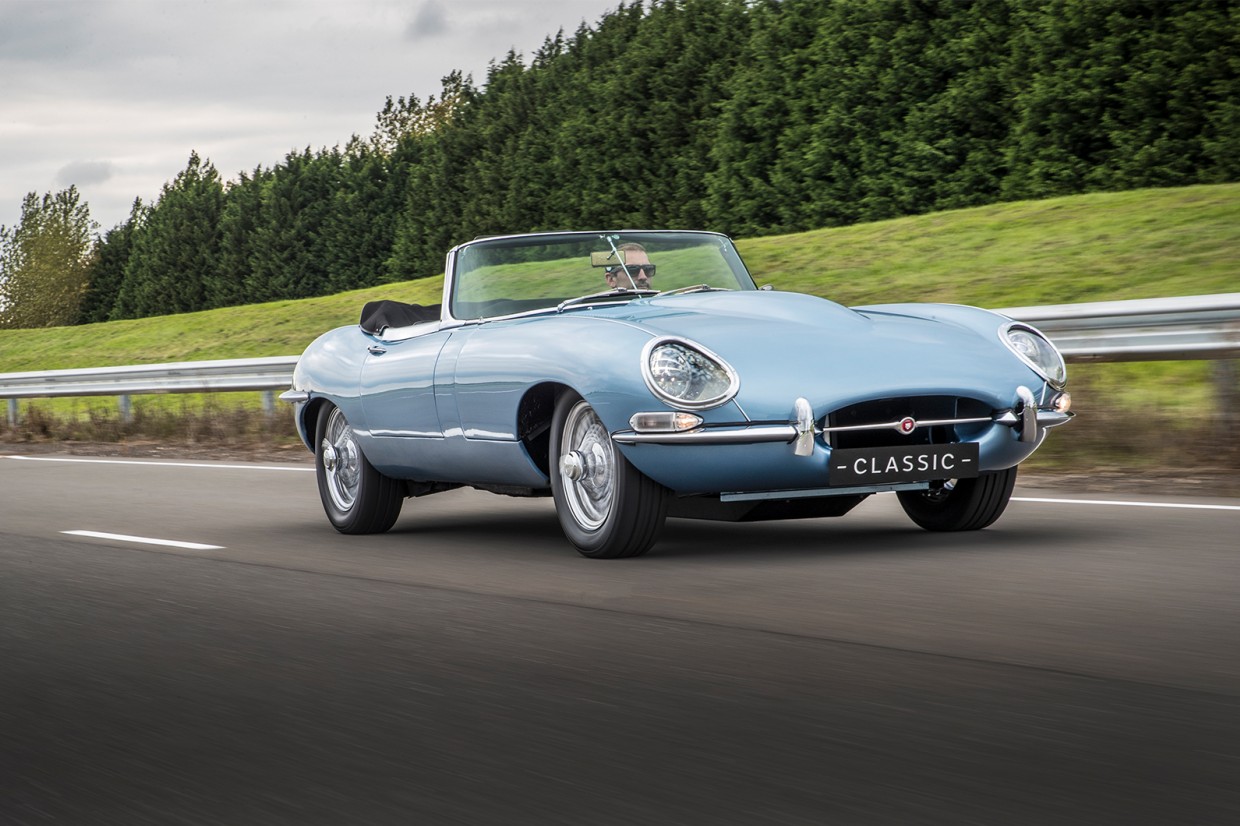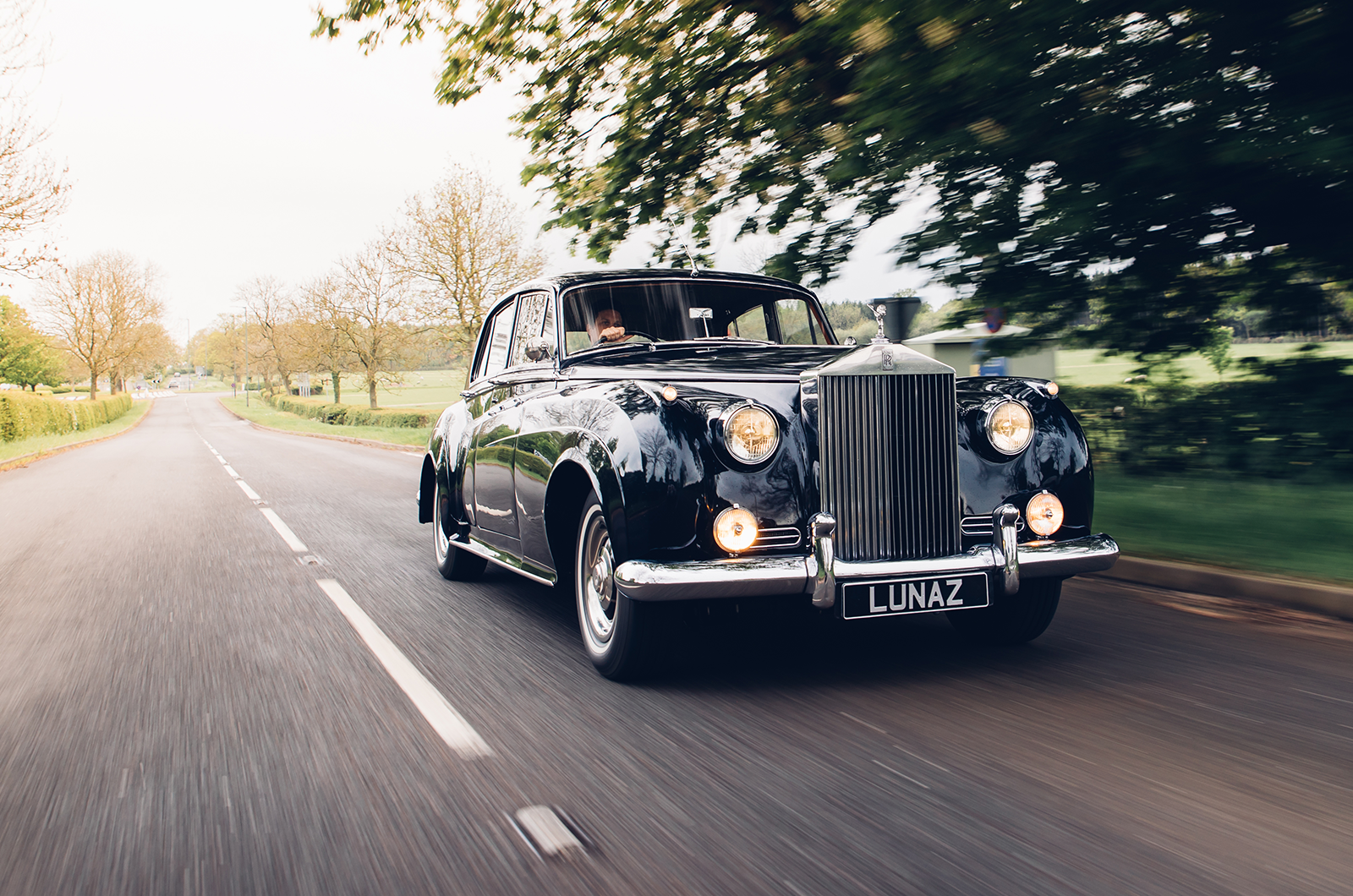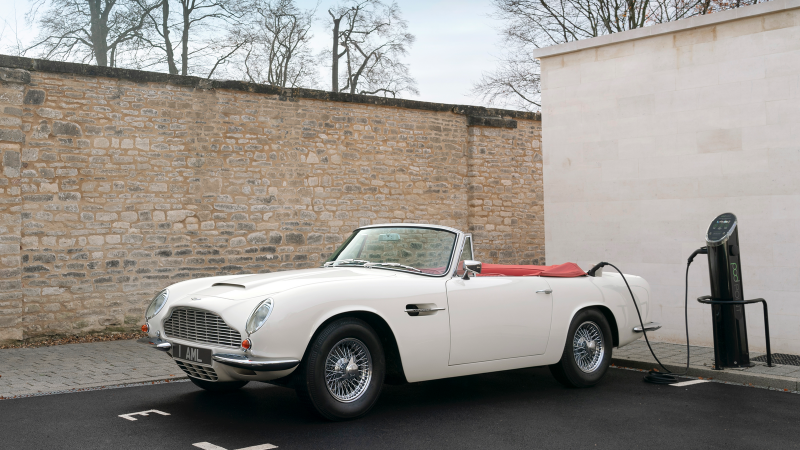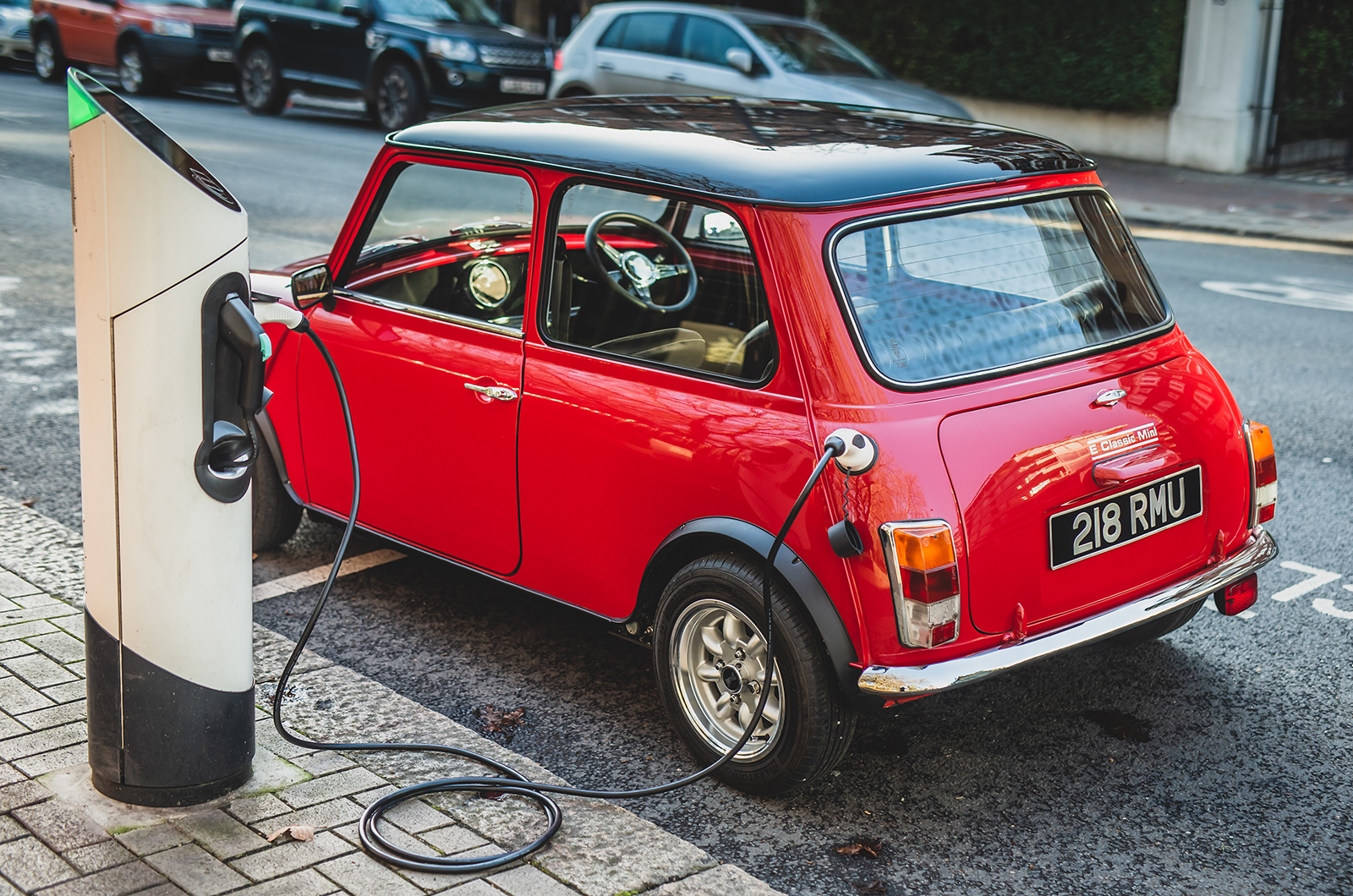
The Jaguar E-type Zero is reportedly no more. Or it won’t be appearing with Jaguar’s official blessing, at least. Praise be, you’ll possibly be thinking. Me? I’m a little disappointed.
The question of electric conversions came up during the combined Autocar and C&SC reader evening at the Royal Automobile Club’s Pall Mall not long ago. I went against my colleagues Clements and Buckley in support of conversions because, in no small part, I live closest to central London. And there, where ever-tighter controls kick in on car usage, they make perhaps the most sense.
“Buy an older car, then,” was Buckley’s retort to my 30-year-old car not being old enough for exemption from London’s classic car rules – which is a reasonable retort, but one that rules out the chance to own any of hundreds of great youngtimers from the 1990s.

The issue of electric classics is a live one right now, with enthusiasts assembling into two camps under the banners ‘Makes sense to me’ and ‘Over my dead body’.



